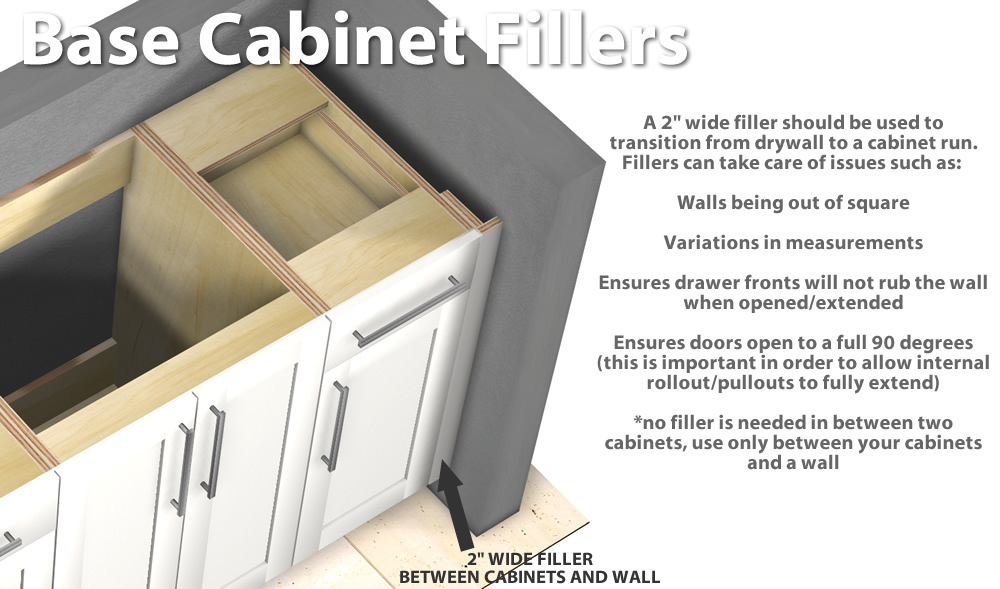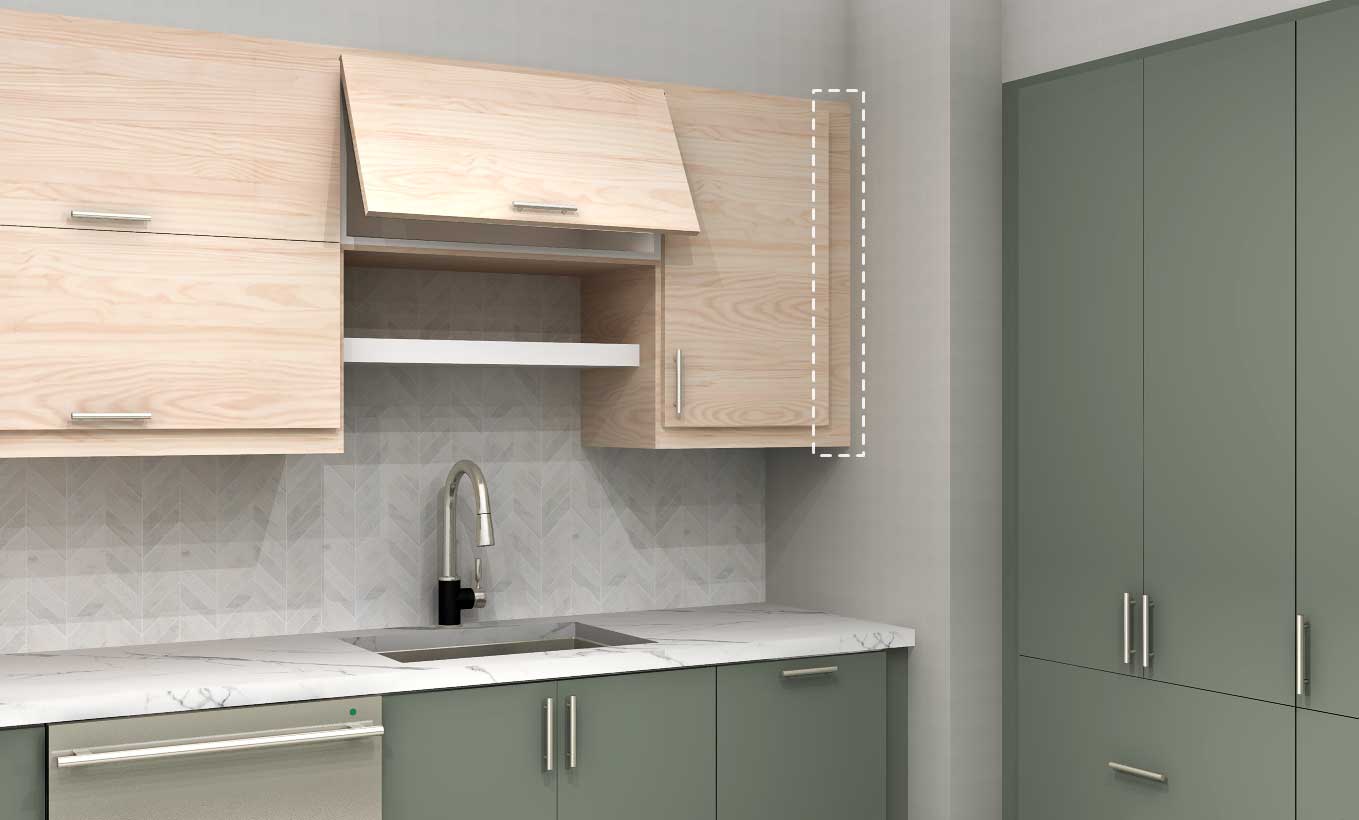Cabinet Filler Strips: Cabinet Filler Strip Lowes


Cabinet filler strips are essential components in kitchen and bathroom design, serving as the finishing touch to create a seamless and aesthetically pleasing look. They are used to fill the gaps between cabinets and walls, ensuring a smooth transition and concealing any unevenness. These strips are available in various materials and finishes to match your existing cabinetry, allowing you to achieve a cohesive and polished design.
Types of Cabinet Filler Strips
Cabinet filler strips are available in a variety of materials and finishes to complement different cabinet styles and décor. Here’s a breakdown of the most common options available at Lowe’s:
- Wood Filler Strips: These are the most common type, offering a natural and versatile look. They are available in various wood species, such as oak, maple, cherry, and pine, to match your existing cabinets. You can find them in unfinished, pre-finished, or paintable options.
- Plastic Filler Strips: These are a cost-effective alternative to wood, often made from PVC or ABS. They are durable, moisture-resistant, and available in various colors and finishes to match your cabinets.
- Metal Filler Strips: These are typically made from aluminum or stainless steel and are known for their durability and resistance to scratches and dents. They are often used in modern or contemporary kitchens and bathrooms.
Measuring for Cabinet Filler Strips
Accurately measuring for cabinet filler strips is crucial for a seamless installation. Here’s a step-by-step guide:
- Determine the Gap: Measure the space between the cabinet and the wall where you need to install the filler strip. Use a tape measure and ensure you measure at both the top and bottom of the gap to account for any inconsistencies.
- Account for Cabinet Thickness: Consider the thickness of your cabinet doors when measuring for the filler strip. If the cabinet doors are thick, you’ll need to add that thickness to the gap measurement to ensure the filler strip sits flush with the cabinet face.
- Measure for Multiple Strips: If you have multiple gaps to fill, measure each one individually. This ensures you have the correct length of filler strip for each section.
Installing Cabinet Filler Strips
Installing cabinet filler strips is a straightforward process that can be done with basic tools and a little patience. Here’s a step-by-step guide:
- Cut the Filler Strip: Use a saw to cut the filler strip to the measured length. Make sure to cut the strip slightly longer than the gap to allow for adjustments during installation.
- Secure the Filler Strip: Depending on the material of the filler strip, you can use various methods to secure it to the cabinet and wall. For wood filler strips, you can use wood glue, construction adhesive, or screws. For plastic or metal filler strips, construction adhesive or double-sided tape is often sufficient.
- Align and Adjust: Carefully align the filler strip with the cabinet and wall, ensuring it is flush with both surfaces. Use a level to ensure it is straight. Make any necessary adjustments to the strip’s position before securing it permanently.
- Finish the Installation: Once the filler strip is securely in place, you can apply a finish to match your cabinets. This might involve painting, staining, or simply wiping down the strip with a damp cloth.
Tip: If you are installing multiple filler strips, make sure to stagger the seams to create a more seamless look.
Choosing the Right Filler Strip for Your Project

Filler strips are essential for achieving a seamless and professional finish when installing cabinets. They bridge the gap between cabinets and walls, creating a clean and polished look. Choosing the right filler strip material and finish is crucial to complement your existing cabinetry and overall design style.
Filler Strip Materials and Finishes
Filler strips are available in various materials, each offering distinct advantages and disadvantages. Here’s a breakdown of the most common options:
- Wood: Wood filler strips are a popular choice due to their natural beauty and versatility. They can be stained or painted to match your cabinets, offering a seamless integration. Wood is a durable and resilient material, making it suitable for high-traffic areas. However, wood filler strips can be more expensive than other options and require regular maintenance to preserve their appearance.
- PVC: PVC filler strips are a budget-friendly alternative to wood. They are moisture-resistant, making them ideal for humid environments like kitchens and bathrooms. PVC is also easy to clean and maintain. However, PVC filler strips can be less durable than wood and may not offer the same aesthetic appeal. They are available in a limited range of colors and finishes, making it challenging to match existing cabinetry.
- MDF: MDF (Medium-Density Fiberboard) filler strips offer a good balance between cost and durability. They are less expensive than wood and more durable than PVC. MDF is also available in various finishes, making it easier to match existing cabinetry. However, MDF is not as moisture-resistant as PVC and can be prone to warping in humid environments.
Comparing Filler Strip Options
Here’s a table comparing the cost, durability, and aesthetic appeal of various filler strip options:
| Material | Cost | Durability | Aesthetic Appeal |
|---|---|---|---|
| Wood | High | High | High |
| PVC | Low | Medium | Medium |
| MDF | Medium | Medium | Medium |
Selecting the Right Filler Strip
Choosing the best filler strip for your project depends on several factors, including your budget, desired aesthetic, and the environment where the cabinets will be installed. Here are some tips for selecting the right filler strip:
- Consider your budget: PVC filler strips are the most budget-friendly option, while wood filler strips are the most expensive. MDF filler strips offer a good balance between cost and durability.
- Match the finish: Choose a filler strip finish that complements your existing cabinetry. If your cabinets are stained, select a wood filler strip that can be stained to match. If your cabinets are painted, choose a PVC or MDF filler strip that matches the paint color.
- Consider the environment: If your cabinets will be installed in a humid environment, choose a moisture-resistant filler strip like PVC or MDF. Wood filler strips are not as moisture-resistant and may warp or crack in humid environments.
Cabinet Filler Strips: Cabinet Filler Strip Lowes


Cabinet filler strips are more than just gap-fillers; they’re versatile tools for enhancing your cabinetry projects. While primarily used to bridge gaps between cabinets and walls, their applications extend far beyond mere practicality.
Creative Applications for Cabinet Filler Strips, Cabinet filler strip lowes
Filler strips can transform your cabinetry designs, adding visual interest and functional elements.
- Decorative Accents: Use filler strips to create decorative borders around cabinets, adding a touch of visual appeal. You can paint them a contrasting color or use wood with a different grain pattern to create a unique design.
- Shelf Supports: Incorporate filler strips as shelf supports for open shelving units, providing stability and a clean aesthetic. You can use them to create floating shelves or shelves with a unique depth.
- Drawer Dividers: Utilize filler strips as custom dividers within drawers to organize your belongings. They can help create compartments for specific items, maximizing drawer space and keeping things neat.
- Cabinet Doors: Filler strips can be incorporated into cabinet door designs, creating unique paneling effects or adding a decorative trim around the perimeter.
Custom Cabinetry Designs with Filler Strips
Filler strips offer a unique opportunity to personalize your cabinetry designs.
- Creating Visual Interest: Combine filler strips of different widths and materials to create visually appealing patterns on your cabinets. This can add depth and dimension to your kitchen or bathroom.
- Customized Cabinetry: Use filler strips to create unique cabinet shapes and sizes. For example, you can create a curved cabinet by using a flexible filler strip and bending it to the desired shape.
- Concealing Irregularities: Filler strips can effectively mask imperfections in walls or uneven floors. By strategically using them, you can achieve a clean and polished look, even in challenging spaces.
Challenges and Solutions
Working with filler strips in specific scenarios might pose challenges.
- Uneven Walls: When dealing with uneven walls, it’s essential to measure the gap accurately at multiple points. Use a flexible filler strip that can conform to the wall’s irregularities. If the gap is significant, consider using multiple filler strips to create a seamless transition.
- Angled Cabinets: For angled cabinets, use a flexible filler strip or custom-cut pieces to match the angle. You might need to create a template to ensure an accurate fit.
Cabinet filler strip lowes – Cabinet filler strips, readily available at Lowe’s, are essential for achieving a polished look in your kitchen. They help bridge the gap between cabinets and walls, creating a seamless and professional finish. If you’re going for a more modern and serene vibe, consider incorporating pastel blue kitchen cabinets into your design.
Regardless of your color scheme, filler strips add a touch of refinement and help complete the overall aesthetic of your kitchen cabinets.
Cabinet filler strips from Lowe’s are a handy solution for bridging gaps and creating a clean finish in your kitchen. While you’re focusing on those details, consider upgrading your cabinet hardware with plastic kitchen cabinet handles , which offer a stylish and budget-friendly alternative to traditional metal handles.
With a cohesive look achieved by both the filler strips and new handles, your kitchen will be transformed with a fresh and functional appeal.
